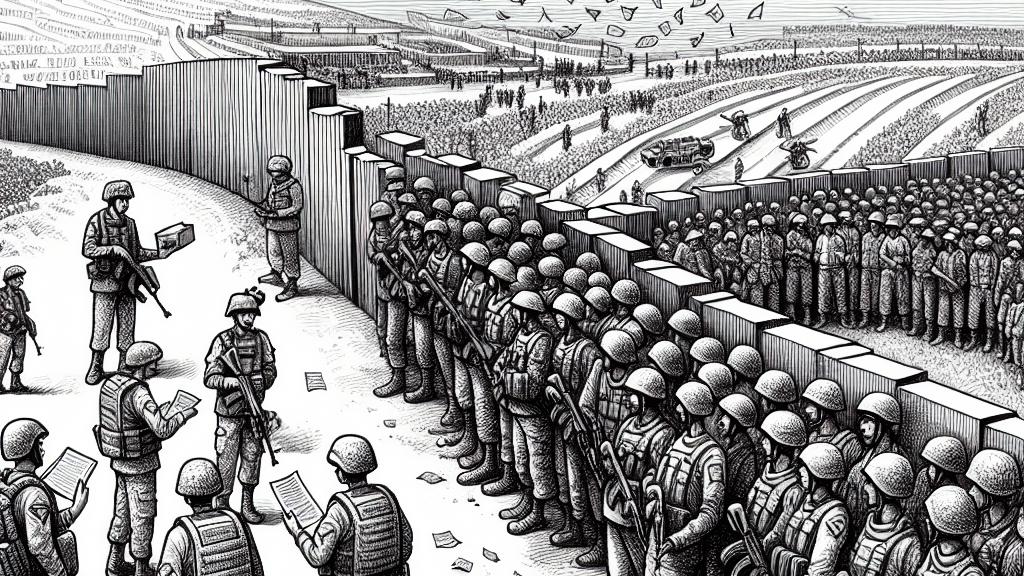Heightened Tensions: North Korea Readies Border Troops Amid Drone Allegations
Overview
- North Korea accuses South Korea of repeated drone incursions, claiming airspace violations.
- In a dramatic show of force, North Korea orders border troops to prepare for immediate military action.
- Meanwhile, South Korea enhances military readiness, keenly observing and readying defenses against provocations.

Background of Tensions
In recent weeks, North Korea has leveled serious accusations against its southern neighbor, claiming that South Korean drones have intruded into its airspace multiple times. These drones, according to state media, dropped leaflets that openly criticized the Kim regime, fueling outrage in Pyongyang. This growing tension is not merely a temporary flare-up; it underscores the deep-seated animosity that has marked relations between the two nations since the Korean War, which ended in a fraught armistice rather than a lasting peace. Such incidents are laden with historical significance, evoking memories of past military confrontations and a volatile geopolitical landscape, where misunderstandings can escalate into conflicts.
Military Preparedness
In response to these alleged violations, North Korea wasted no time in issuing a stark command to its military: be ready to engage at a moment’s notice. Artillery units and border troops were put on high alert, signaling that the North is prepared to respond decisively to any perceived threats. This readiness is a strategic showcase of military might, as historical military activities like troop mobilizations and artillery drills serve both to intimidate and to unify the North's regime. The deployment of heavy artillery—and even the threat of fire—is not just a defensive posture; it's a calculated move meant to assert dominance and reassure a domestic audience. By evoking a militaristic identity, North Korea solidifies its image and justifies its aggressive stance in face of perceived external threats.
Reactions from South Korea
Meanwhile, South Korea is on high alert, responding to the North's provocations with a commitment to enhanced vigilance. The Joint Chiefs of Staff are actively monitoring North Korean military movements, prepared to counter any aggression. This urgency follows previous troubling incidents, where drone incursions demonstrated weaknesses in South Korea’s defenses. In light of these events, the South Korean government plans to introduce specialized drone interception units, a proactive step aimed at fortifying its military capabilities. This shift reflects a broader trend towards adopting a robust stance on national security, ensuring that every possible measure is taken to deter any threats from the North. In this precarious situation, both Koreas remain locked in a complex dance of military readiness and strategic posturing, with the potential for escalation always looming.

Loading...